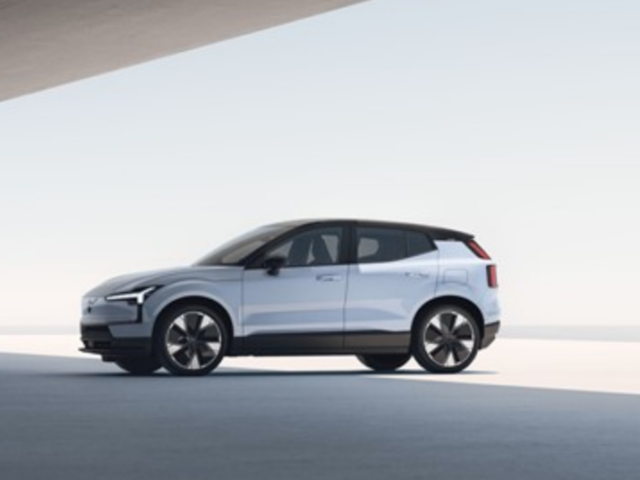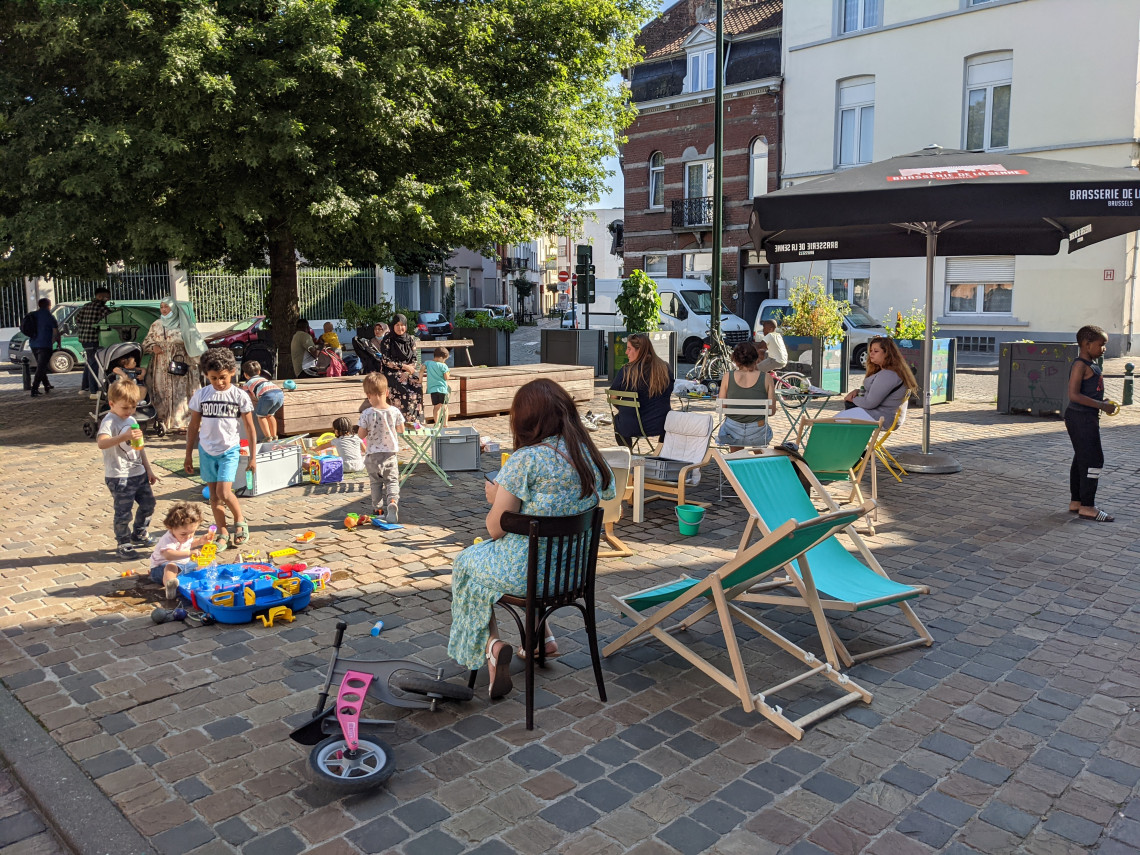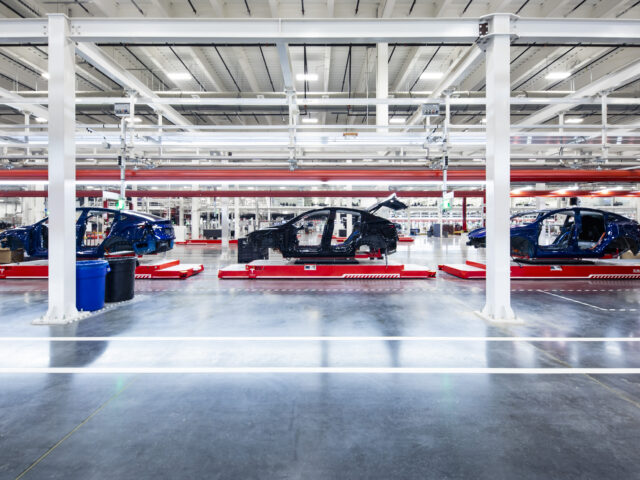
New Brussels circulation plan starts August 16th

The new circulation plan in Brussels will start on 16 August and is intended to reduce transit traffic in the busy and inhabited districts of the inner city /site Mobiliteit Brussel
The new traffic plan in the center of Brussels comes into force on Tuesday, 16 August, as announced several months ago. The project, adopted


Comments
Ready to join the conversation?
You must be an active subscriber to leave a comment.
Subscribe Today